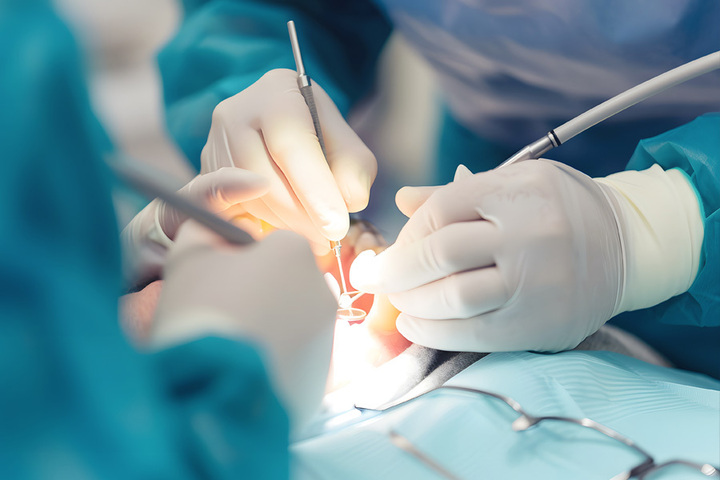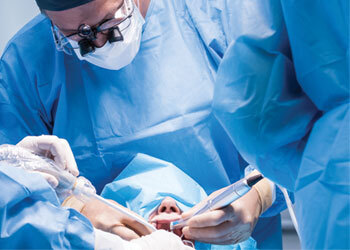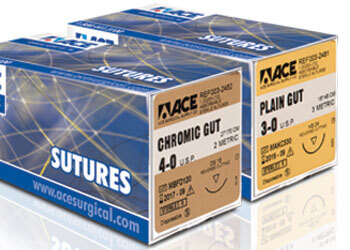A Split-Mouth Comparison of Wound Healing

Treating Clinician: Jason J. Augustine, DDS, MS, Phoenix, AZ
A 57-year-old male patient presented with end-stage periodontitis and caries. The patient’s finances were a limiting factor for treatment with immediate implant placement and provisional restoration or implant placement for an overdenture. Therefore, the treatment plan for the maxillary arch, as documented below, included extractions of the hopeless teeth, grafting, and alveoloplasty.
Each side received a slightly different treatment, thus providing a split-mouth comparison of wound healing in this medically compromised patient. Since the patient was a heavy smoker (1-2 packs per day), a diabetic, and on medication for high blood pressure, it was anticipated that healing would be compromised.
This was a tremendous clinical case to compare the healing time for this medically compromised patient by performing this split-mouth design. The restorative dentist desired to wait 4-6 weeks before making impressions.
Since the patient received treatment during the pandemic, when facial masks were worn, he did not mind allowing for healing and maturation of the soft tissues that were not traumatized by an interim prosthesis.
This clinical case presentation compared a split-mouth design demonstrating more accelerated healing using alloguide gf lyophilized plural membranes vs. fast-resorbing collagen membranes.
In my experience, alloguide gf membranes provide faster and more predictable wound closure allowing more accelerated treatment plans even in medically compromised patients.
Dr. Augustine has been practicing Periodontics and Implant Dentistry in Phoenix since 2000. He earned his Doctorate in Dentistry and Masters in Periodontology from The Ohio State University. Dr. Augustine performs various non-surgical, laser-assisted, and surgical treatments to manage periodontal disease. He also has extensive training in cosmetic perio-plasty procedures and the surgical aspects of implant therapy. As a leader in these areas, he regularly lectures on these topics and holds positions on several scientifi c advisory boards and advanced study clubs. In his North Phoenix practice, Dr. Augustine practices the most current advances in the fi eld of Periodontology.



